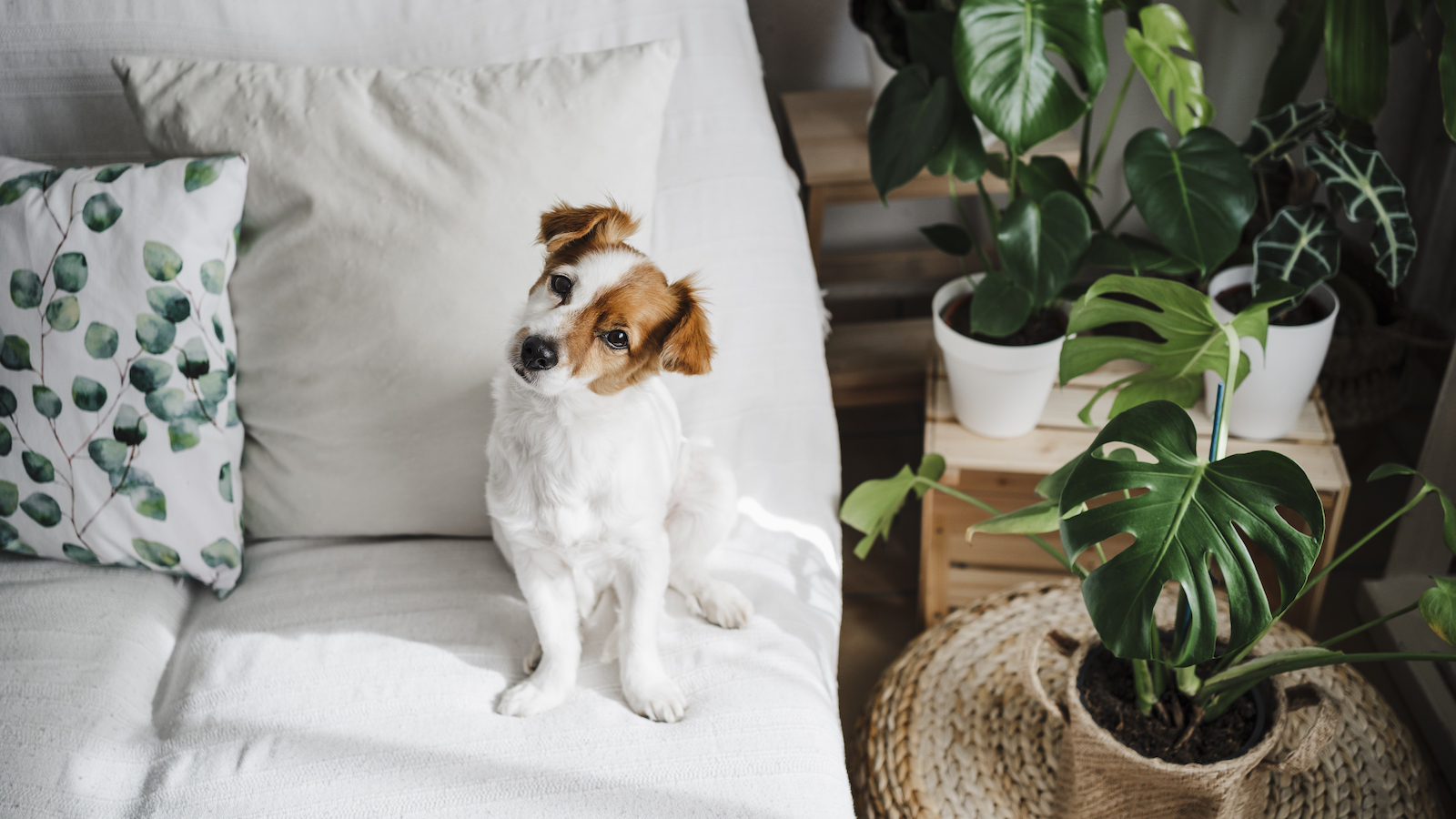

Which houseplants are toxic to dogs? Being a plant parent and a pet parent don't always go hand in paw, so we elicited help from veterinary professionals about problematic leafy greens.
As much as it is enjoyable to watch flora grow and thrive, you have to be careful about what you bring into the house and what to plant in your garden, as there are quite a few types that are harmful to our four-legged friends.
While perusing the nursery for the best indoor plants, we'll help you steer clear of the red flags and learn why they don't mix well with pups.
Which houseplants are toxic to dogs?
While there are delightful pet-friendly houseplants, including Boston Ferns and Calathea, to name a select few, more often than not, plants can be toxic, particularly when dogs go for a nibble.
"The symptoms of plant toxicity in dogs can vary depending on the type of plant ingested, but some common symptoms include vomiting, diarrhea, abdominal pain, difficulty breathing, seizures, and even death," says Rachel Hinder, director of claims and registered veterinary technician at Embrace Pet Insurance. "The onset of symptoms can vary from a few minutes to several hours after ingestion."
Even if you suspect the amount of leaves ingested is minimal, all veterinary professionals are in agreement about treating the matter as quickly and seriously as possible.
"If you suspect your pet is intoxicated please do not waste time, every minute can make a big difference in the absorption and damage caused to your dog," says Dr. Paola Cuevas Moreno, Senior veterinarian and pet behaviorist at Hepper.com. "Do not wait it out, call the vet and get moving. It's best to be safe than sorry."
There are a few numbers to keep stored in your cell: your vet's, Pet Poison Helpline (800-213-6680), and the ASPCA Animal Poison Control Center (APCC) at 1-888-426-4435. Even if Fido only took a bite or two from the leafy companions in your cute planters, don't delay when taking action.
"Call your veterinarian or animal poison control immediately if your pet ingests a potentially toxic houseplant," says Dr. Katy Nelson, senior veterinarian at Chewy. "They may recommend you bring your pet to the hospital for treatment right away."
Depending on how serious the situation is, vets could induce vomiting or perform gastric lavage to stop further ingestion, administer activated charcoal to absorb toxins, and/or administer IV fluids and medications to ease symptoms. In very serious cases, pups could be hospitalized for further treatment.
Before buying a new plant, check the ASPCA’s extensive poisonous plant database and the Pet Poison Helpline’s toxicity list.
Quicklist
Our expert vets compiled a list of commonly problematic houseplants and flowers that are toxic to dogs, which should make you mindful of what to plant in May and bring home from the local florist. Consult the ASPCA for a comprehensive list of toxic and non-toxic plants and flowers to dogs.
- Sago Palm (Cycas revolut)
- Azaleas and Rhododendron in the Ericaceae family
- Desert rose (Adenium obesum)
- Kalanchoe (Kalanchoe spp)
- Tulips (Tulipa spp)
- Hyacinths (Hyacinthus orientalis)
- Amaryllis (Amaryllis spp)
- Poison ivy (Toxicodendron radicans)
- Snake Plant (Sansevieria trifasciata)
- Calla lily (Zantedeschia spp)
- Sago Palms
- Milkweed
- Tomato plants
- Garlic plants
- Onion plants
- Lily of the valley
- Oleander
- Autumn Crocus
- Cyclamen
"Keeping our pets 100% safe some these plants is likely not possible but being vigilant while our pets are outside and being mindful of how and what goes into out landscaping are the biggest things we can do to avoid potential ingestion of plants that could harm them," warns Dr. Jessica Shepler, lead veterinarian and managing partner at CityVet - Highlands Ranch.
1. Sago Palm
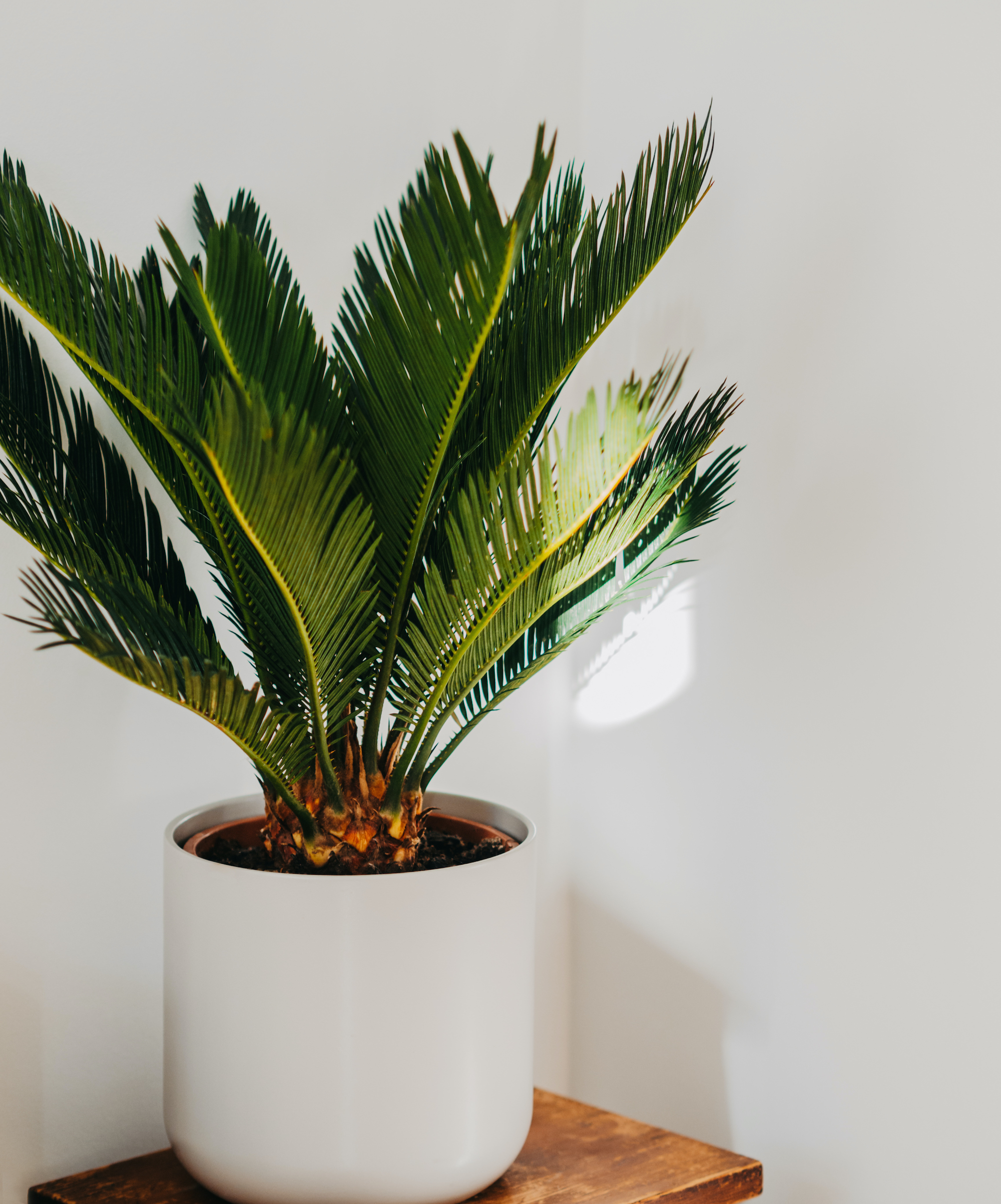
While a sago palm looks like a gorgeous tropical indoor plant, it's best to avoid snagging one if you have a pup in tow, or even kids, as all parts of the plant are toxic. The cycasin and macrozamin toxins are dangerous, and humans should wear gloves while handling the plant. Should a pup ingest a sago palm, the greenery can cause vomiting, diarrhea, seizures, liver failure, and potentially death, according to Dr. Katy Nelson.
This is one of the more dangerous selections out there, but even if you have less problematic plants on high shelves or off-limit rooms to pets, it's important to keep a dog's mind occupied.
"Provide plenty of safe distractions to keep pets busy," Dr. Nelson says. "Lots of mentally stimulating, interactive toys such as puzzles and treat dispensing toys for dogs and tech toys, puzzles and multidimensional games for cats, plus plenty of exercise can keep pets from even thinking about messing with the greenery."
2. Pothos

While pothos is beloved for being a low-maintenance, easy houseplant with gorgeous leaves, those with a green thumb might want to think twice about bringing it into a home with dogs. Chewing or ingesting the leaves and stems can cause diarrhea, vomiting, and liver failure in more extreme instances, according to Dr. Nelson.
"Most toxic plants will cause gastrointestinal side effects such as vomiting, diarrhea and excessive drooling but some can have more severe side effects such as cardiac abnormalities, dilated pupils and even kidney and liver failure," Dr. Jessica Shepler warns.
You don't want to learn these lessons the hard way — call a professional ASAP if you believe your dog has decided to pick on a pothos.
3. Philodendron

Yes, the philodendron is the plant of the year according to 1-800-Flowers, and the 2024 fan favorite is beloved for what company reps call "bold, variegated leaves." Those leaves, however, might lead to pawing the mouth, drooling, retching if dogs ingest it. The calcium oxalate crystals in philodendron, and closely related species, are what causes issues. If you find that your curious pup has decided to take a bite, rinse their mouth out with water to avoid more absorption — something you should do with any toxic plant — and call a vet ASAP.
4.Snake Plant
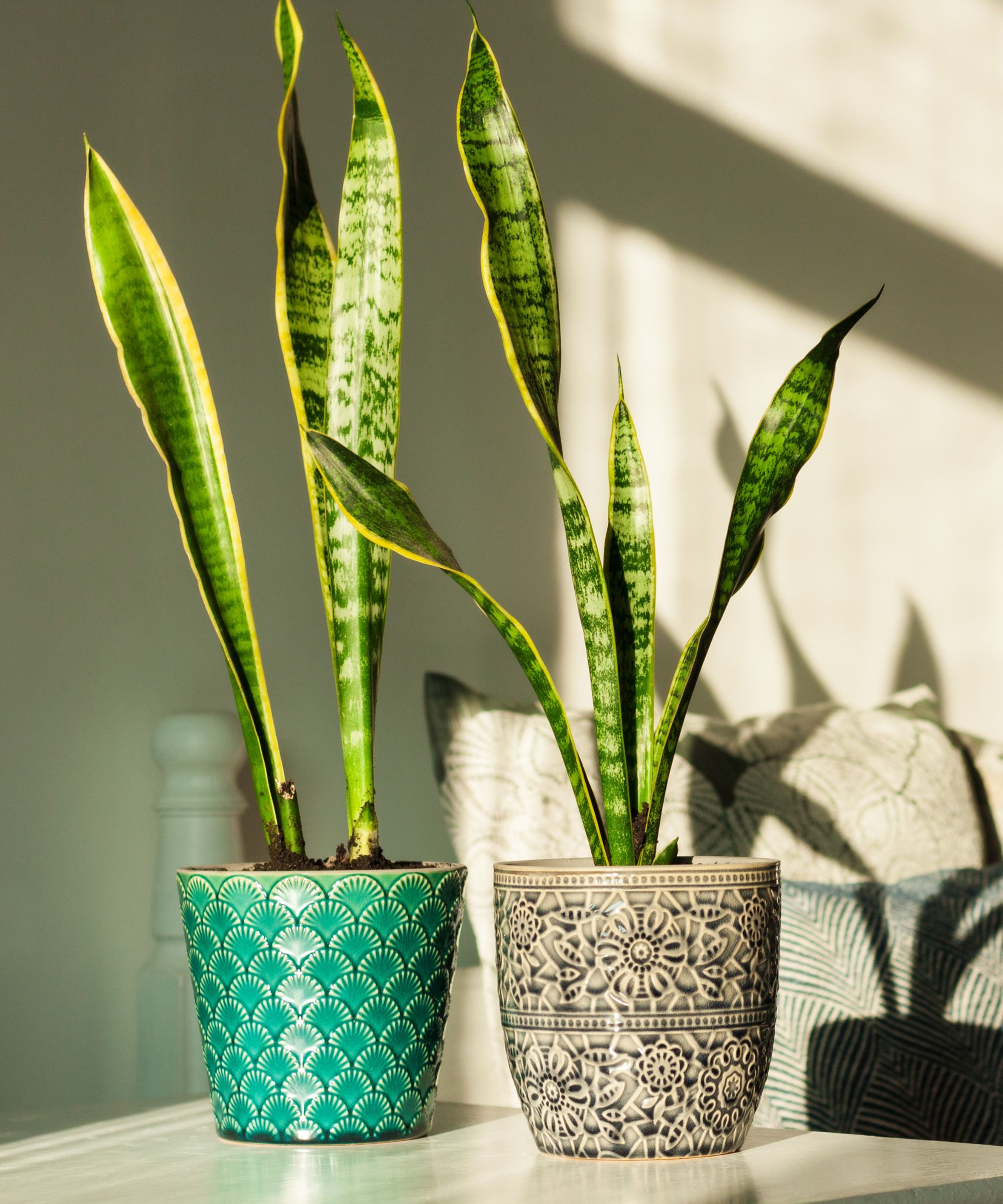
Are snake plants toxic to pets? While you might be tempted to snag this beautiful, no-fuss selection into your abode, it can be mildly to quite toxic to dogs, depending on what they've ingested.
"Get in contact with the vet, and send them a photo of the ingested plant and if possible the calculated amount," says Dr. Paola Cuevas Moreno. "Your vet will give you further instructions."
The Sansevieria and Dracaena varieties are particularly worrisome around four-legged friends.
5. Calla lily
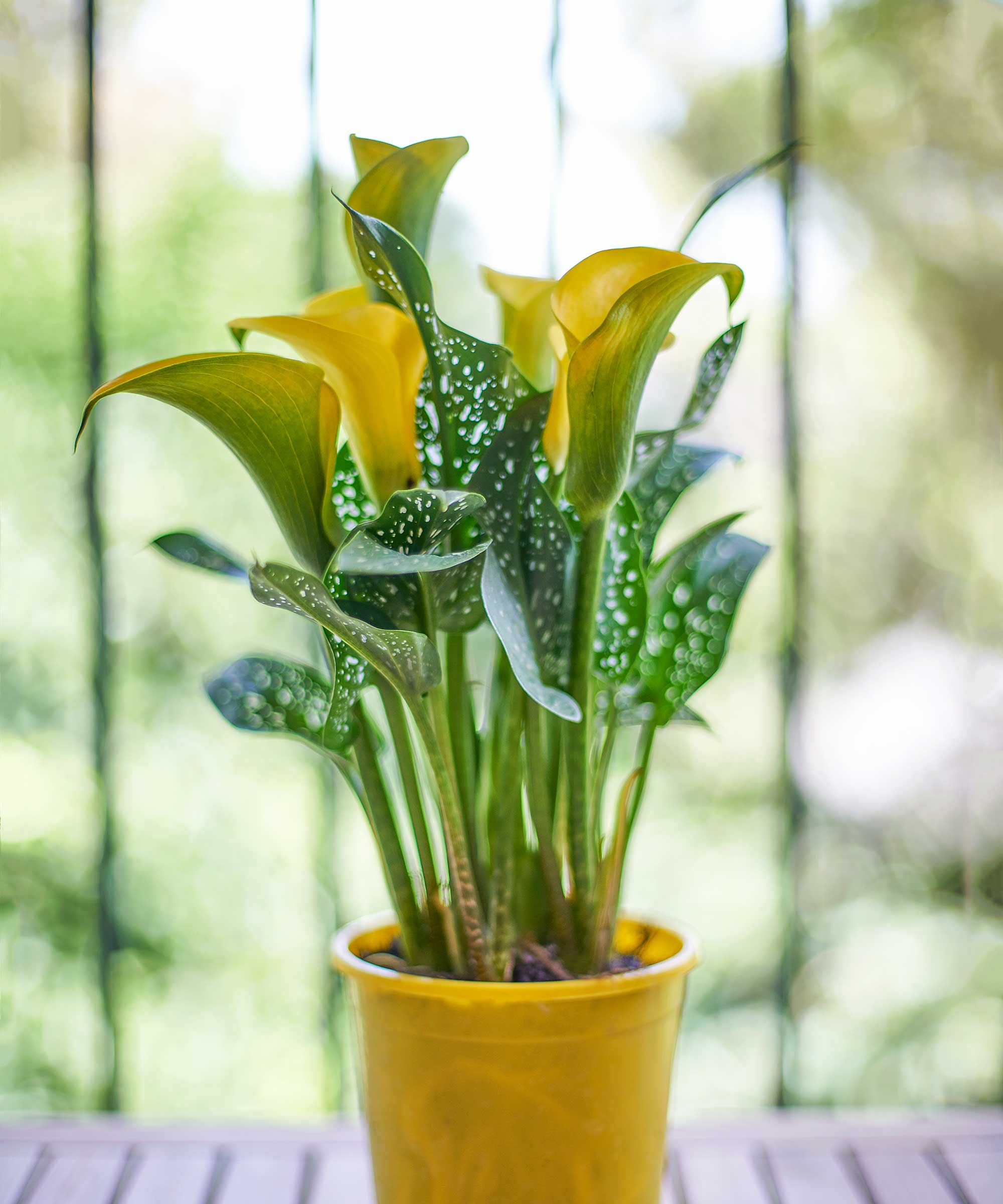
Learning how to care for calla lilies might be a little extensive, but worth it for their beautiful blooms — unless you have a dog. Chewing and swallowing a calla lily is quite problematic for a pup due to the calcium oxalate crystals in the leaves, stems, and flowers.
Meet our experts

Rachel Hinder is the director of claims and registered veterinary technician at Embrace Pet Insurance. She began her career as a licensed veterinary technician, gaining over five years of valuable in-clinic experience, prior to moving to Embrace Pet Insurance as a Claims Adjuster, where she served for two years before moving into management. As the Claims Adjuster Manager for nearly six years, she drove operational efficiencies, enhanced departmental scalability, and improved productivity.

Dr. Katy Nelson is a Senior Veterinarian at Chewy, who can provide expert insight and advice on everything pet-related from health and nutrition to breeds, behavior and training to trends and lifestyle topics such as traveling with pets. Dr. Katy earned her veterinary degree in 2001 from the Louisiana State University’s School of Veterinary Medicine. She is a Certified Veterinary Journalist (CVJ), accredited by the American Society of Veterinary Journalists (ASVJ). Through her consulting business, KJN Pet Marketing, she served as a valuable source to reporters around the country for almost 11 years, and as a marketing consultant for pet-related companies - from Fortune 500 corporations to pet/pet parent targeted start-ups.
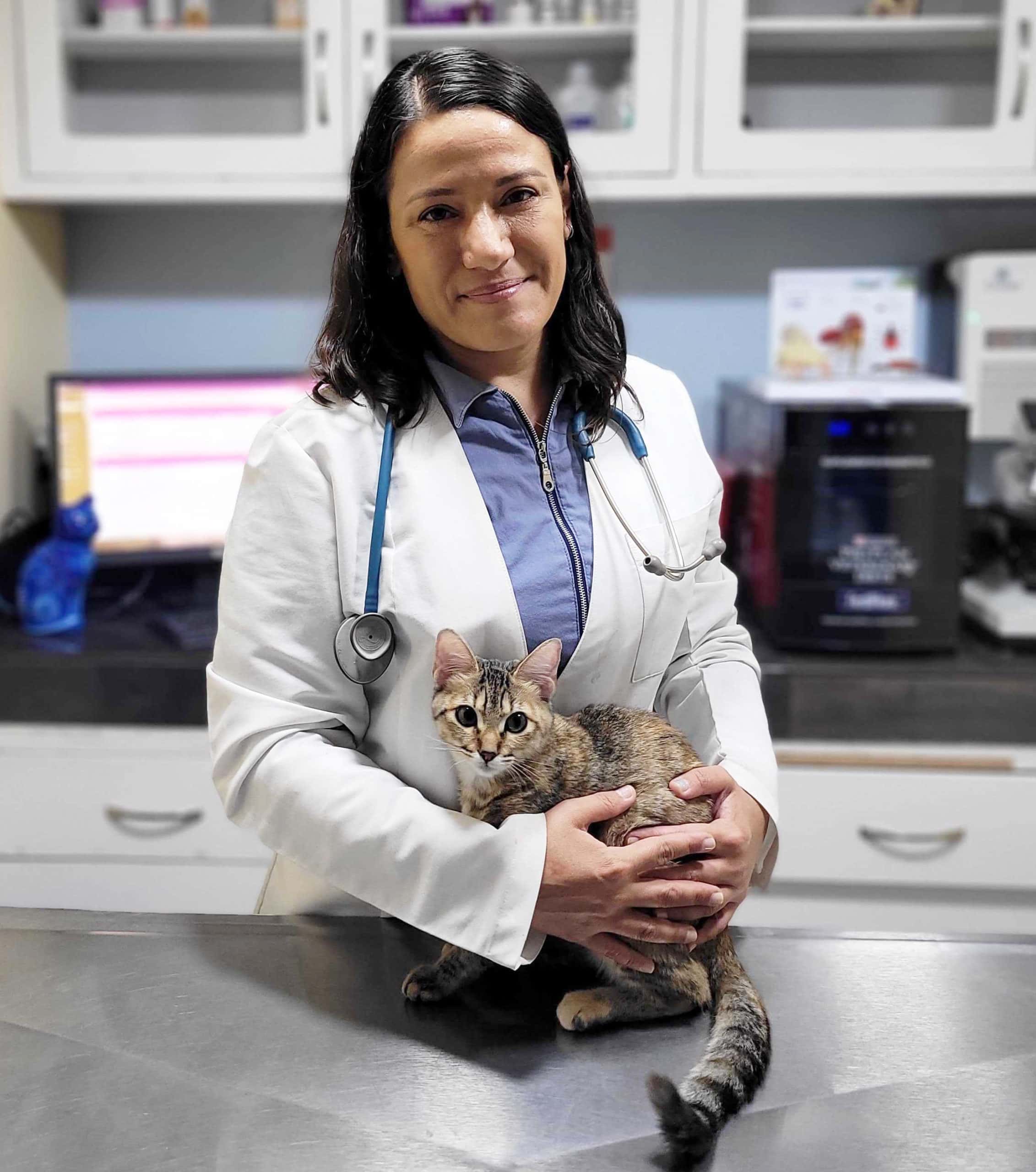
Paola Cuevas is a veterinarian and animal behaviorist, with over two decades of experience working with a variety of species. Her passion is animal welfare and focuses on the importance of preventive medicine. Paola has skills in the fields of nutrition, microscopy, clinical pathology, diagnostic imaging, and endoscopy as well as extensive experience in animal training through positive reinforcement. As our in-house veterinarian, Paola is very happy to share her knowledge and experience with our readers and hopes to be helpful with any issue presented by your non-human family members.
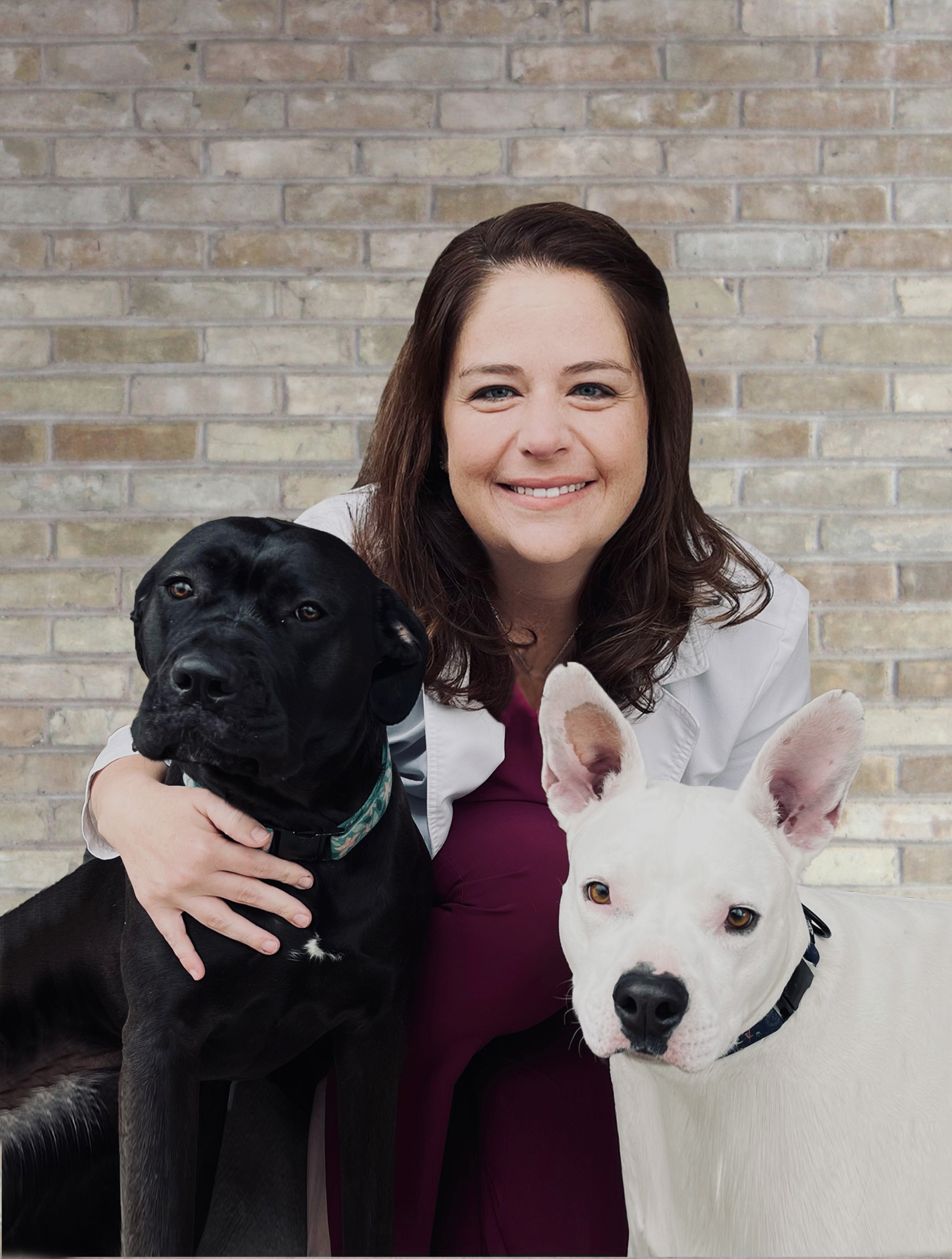
Dr. Shepler, the lead vet and managing partner at CityVet, has a passion for pet health, well-being, and the positive interaction pets play in our lives. She has studied and trained in alternative therapies allowing her to provide complete life-long wellness care for pets. She enjoys teaming up with clients to provide the best care for their pets.
FAQs
How do I keep my dog from getting toxic plants?
Always make sure to check plants and flowers with a professional before bringing them into your home — toxic selections are dangerous inside and out.
"To keep dogs safe if you have these plants, it is best to keep them out of reach," says Dr. Rachel Hinder. "This may involve placing them on high shelves or in rooms that are off-limits to pets. It is also important to supervise pets when they are outside and to regularly check the yard for any potentially toxic plants."
Opt for non-toxic plants to be on the safe side.
Are spider plants safe for pets?
Caring for a spider plant? It's one of the most popular plant selections out there, and fortunately, the ASPCA lists it as a non-toxic selection that can be around animals. However, it is mildly hallucinogenic and can be problematic not only for dogs, but cats as well, so keep it in a safe room on a high shelf if you have a companion that is likely to test a few things out.
Are dogs attracted to toxic plants?
While it depends what might lure in a dog to a particular plant — the scent, the shape, the accessibility — it's important to keep any of the toxic plants above out of reach of pets, both indoors and outdoors. Since there is always a way for them to somehow interact with toxic plants if they're in the house, even if they're in a closed off room from pets, it's best to opt for a safe, pet-friendly option instead, and as Dr. Kathy Nelson recommended, keep dogs occupied with toys. When in doubt, fake houseplants will do nicely, and we've rounded up convincing ones that will make you do a double take.
If you have a feline companion, learn about the succulents that are safe for cats and the garden plants that are safe for cats. What will sound the alarms? These are the plants that are poisonous to cats.
Join our newsletter
Get small space home decor ideas, celeb inspiration, DIY tips and more, straight to your inbox!

Pleasure to meet you! I'm Danielle, a content editor at Real Homes who loves scoping out interior trends. I've specialized in lifestyle writing and editing for 10 years with a focus on events, food, and books, among other areas. When I'm not working, I'm usually cooking, reading, or searching for a new project for my apartment.
-
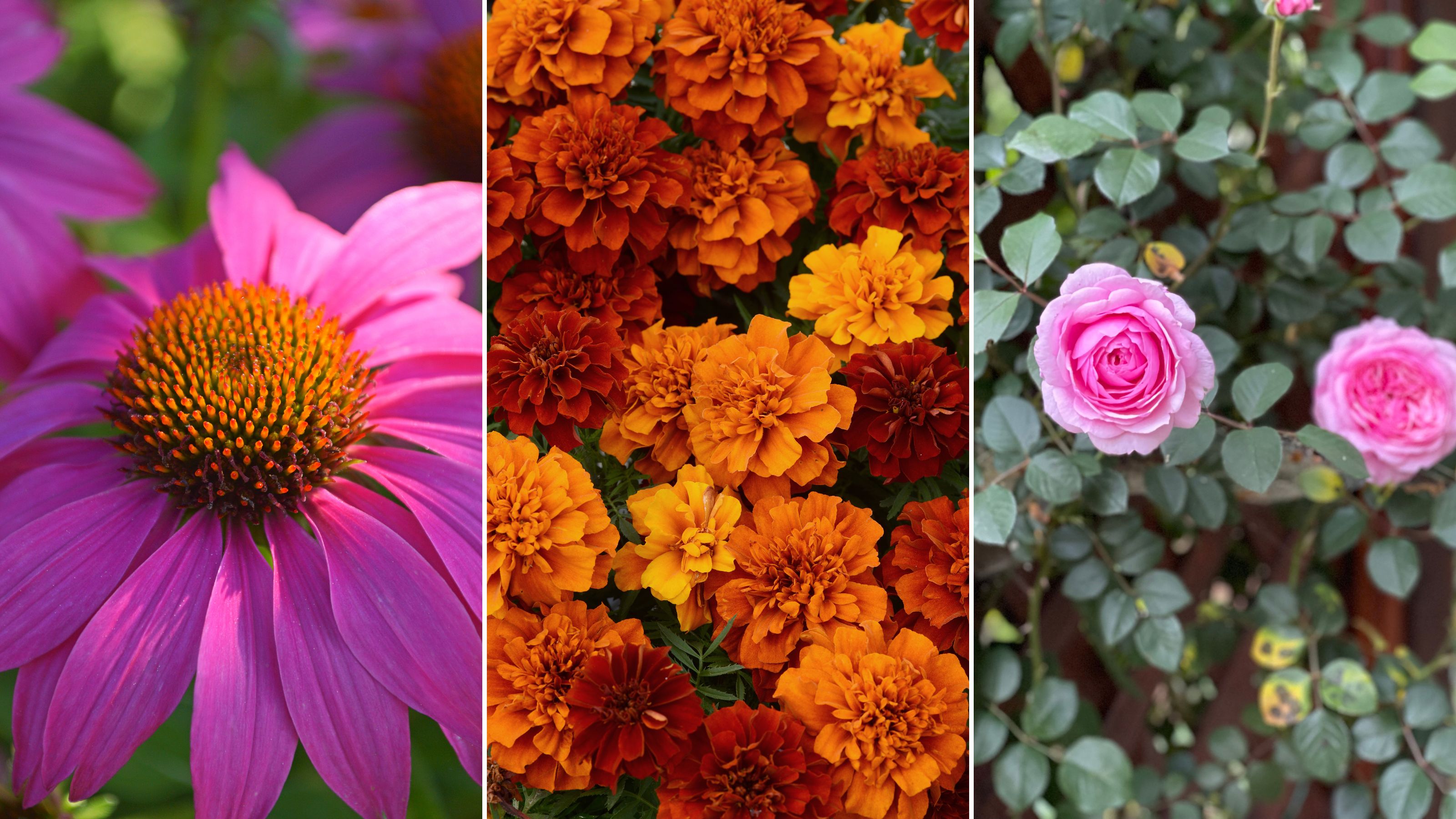 The 7 flowers to plant in August, according to gardening gurus
The 7 flowers to plant in August, according to gardening gurusKnowing what flowers to plant in August isn't always so clear-cut. But that's why we called in help from pro planters — here's what they said to pot.
By Becks Shepherd Published
-
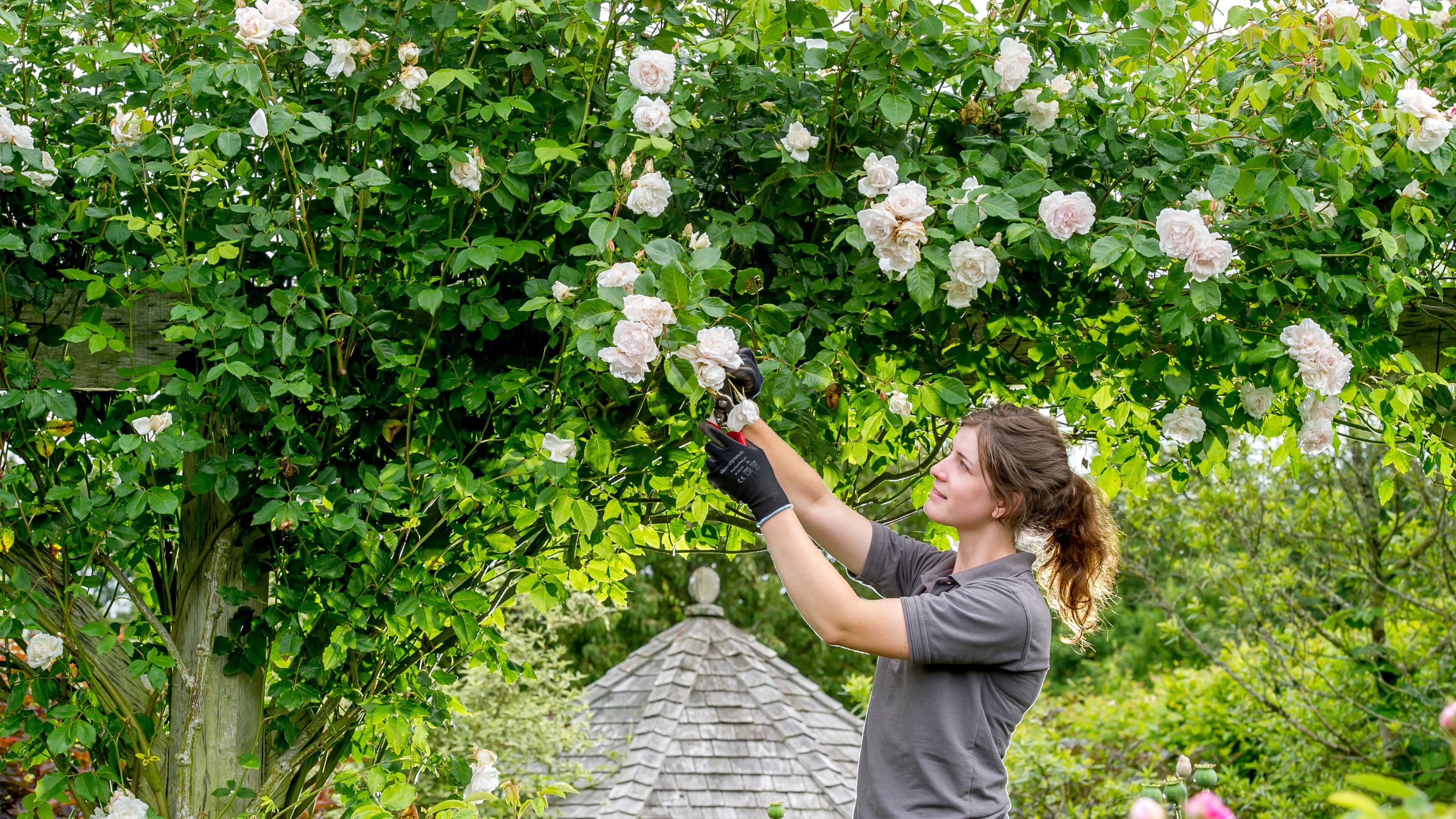 The 7 plants to prune in August — and the 2 pieces of greenery you shouldn't touch
The 7 plants to prune in August — and the 2 pieces of greenery you shouldn't touchWondering what plants to prune in August? We asked a gardening expert for their top tips plus info on what pieces of greenery to avoid pruning this month
By Becks Shepherd Published
-
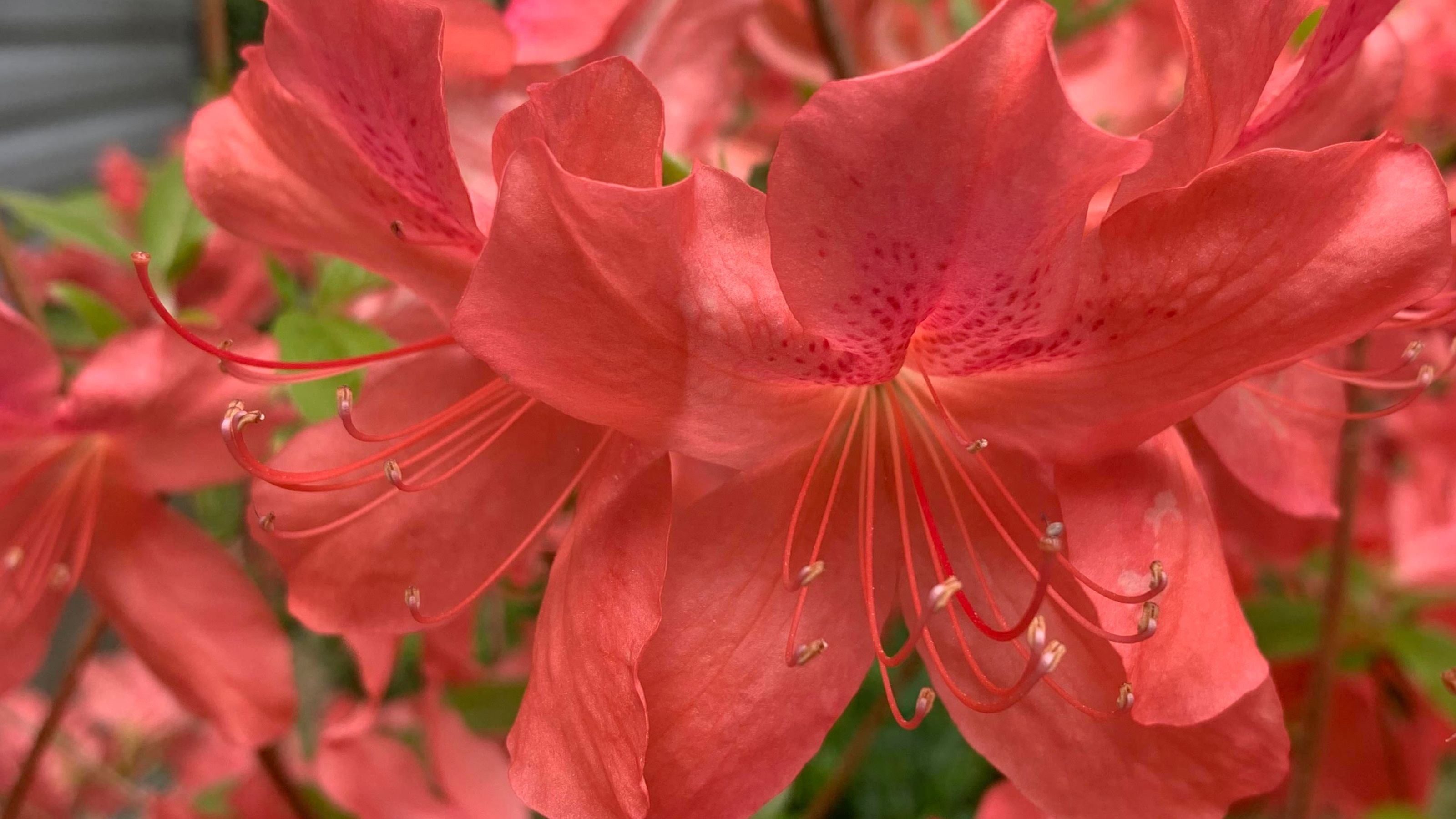 Do you need to deadhead azaleas? Top tips for pruning these flowering shrubs
Do you need to deadhead azaleas? Top tips for pruning these flowering shrubsWondering whether you need to deadhead azaleas? We asked a gardening expert for their top tips for looking after these blooms
By Becks Shepherd Published
-
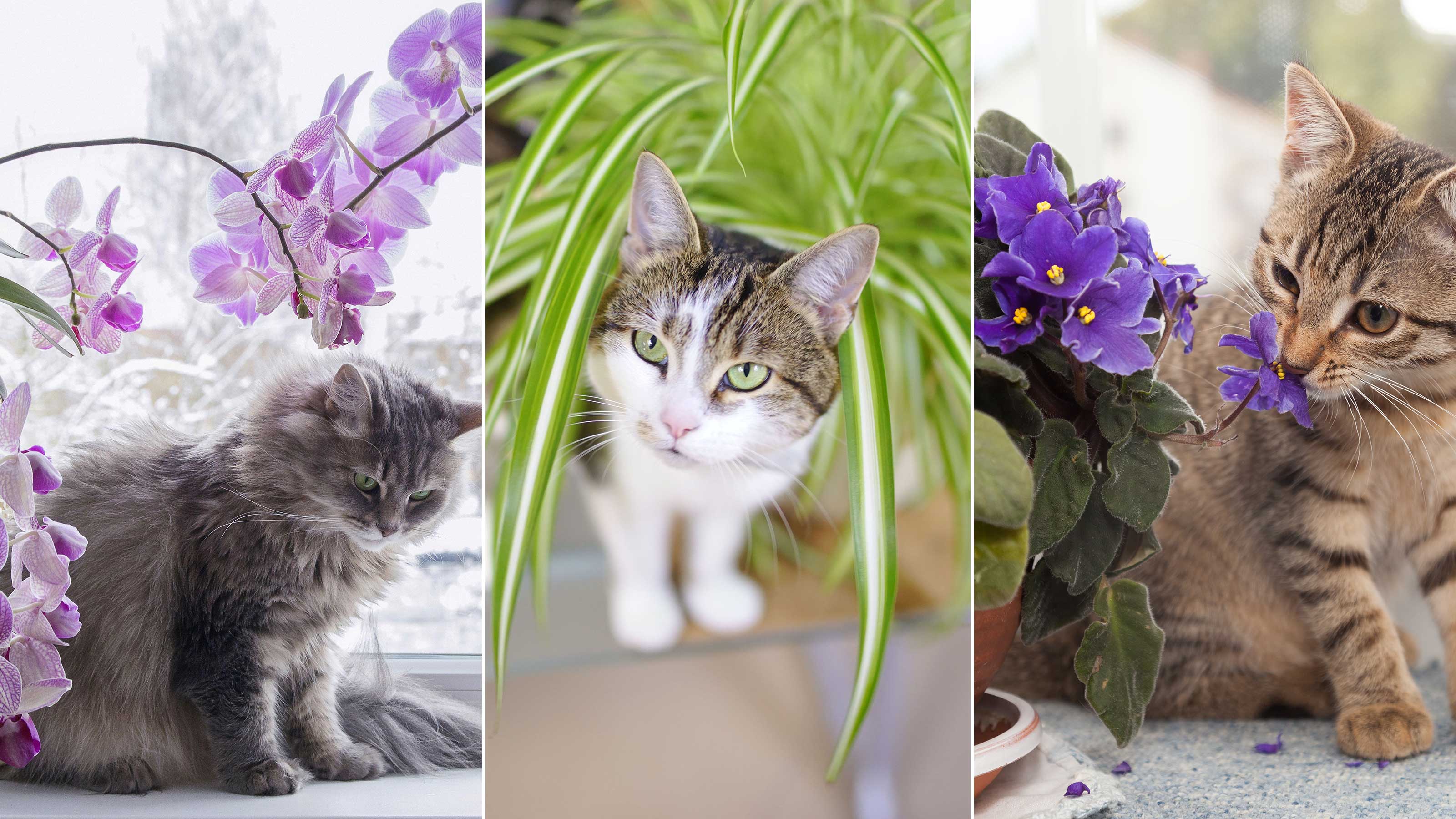 10 houseplants that are not toxic to cats — plus expert advice on keeping your pets safe
10 houseplants that are not toxic to cats — plus expert advice on keeping your pets safeKeep your four-legged companion safe by choosing these houseplants that are not toxic to cats, and learning the dangers of those that are, according to veterinary experts
By Holly Crossley Published
-
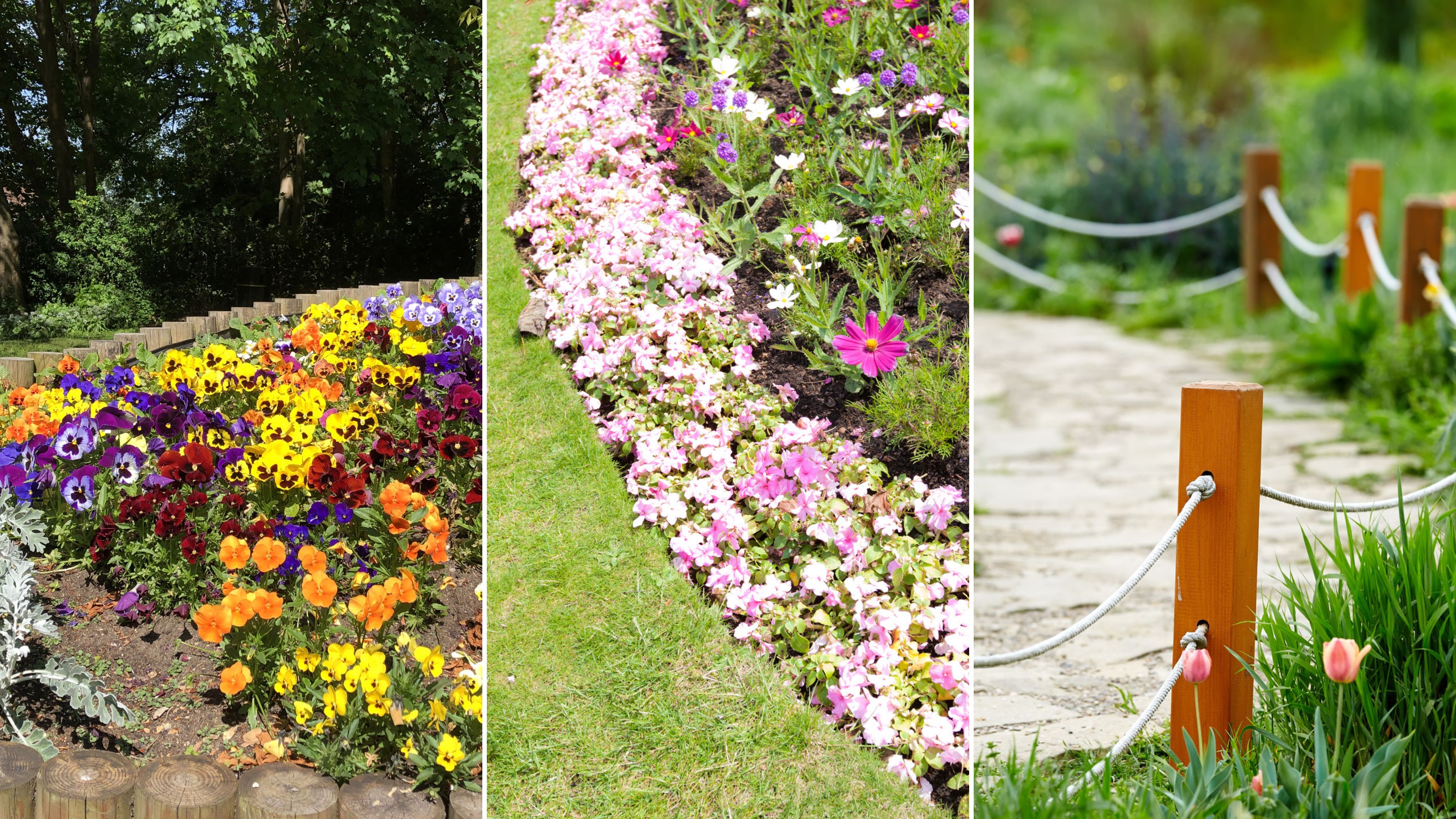 14 lawn edging ideas that will add definition and style to your backyard
14 lawn edging ideas that will add definition and style to your backyardWant to neaten up your lawn with lawn edging ideas? From fresh flowers to laidback bricks, we've scouted out materials and styles that look brilliant
By Eve Smallman Published
-
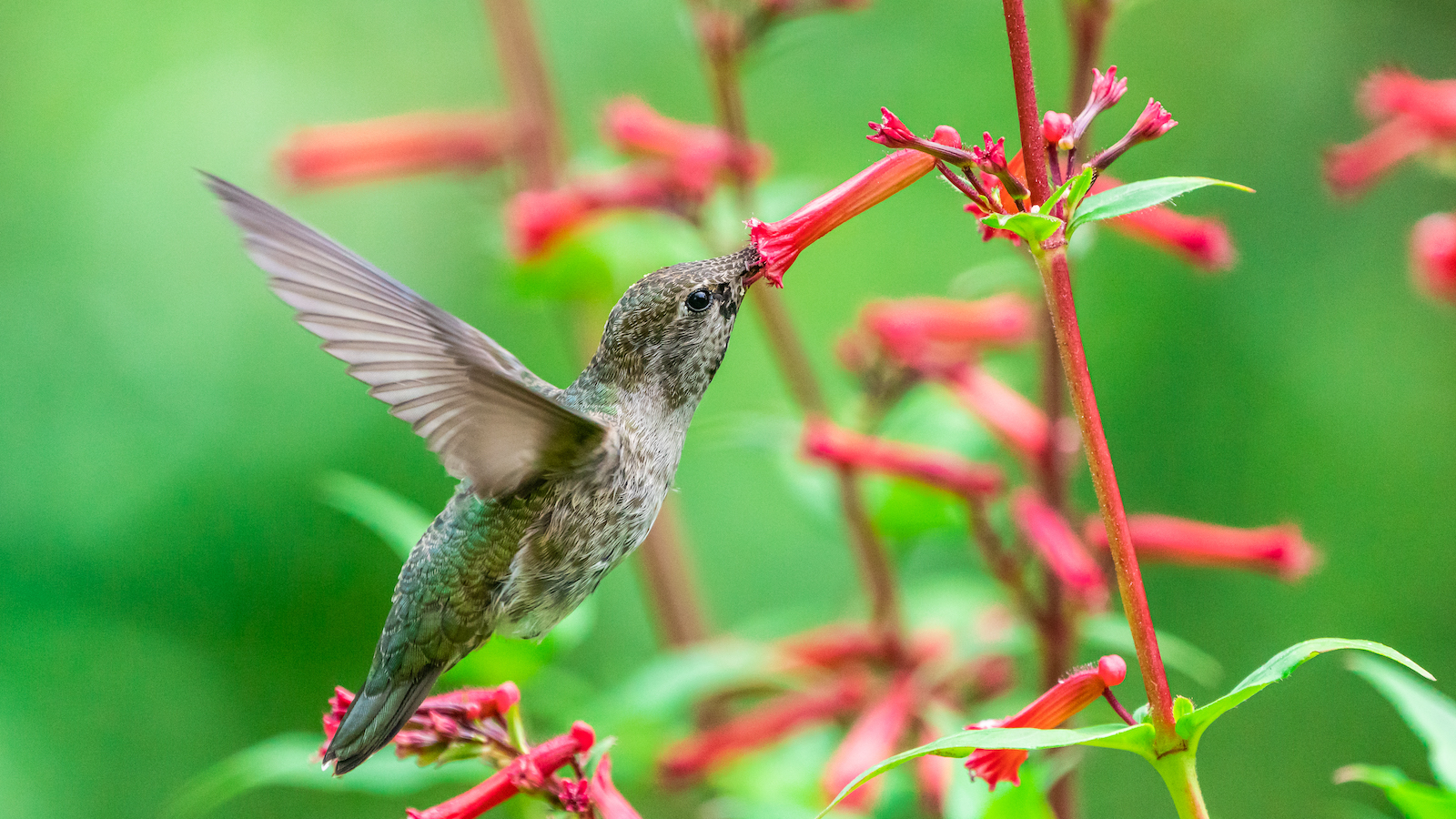 How to attract hummingbirds to your backyard, according to ornithologists
How to attract hummingbirds to your backyard, according to ornithologistsTrying to figure out How to attract hummingbirds to your backyard? These ornithologist-backed tips will guarantee you visitors in no time
By Danielle Valente Published
-
 Does hydrangea bloom every year? Pros spill the dirt on the "garden favorite" and when to expect it
Does hydrangea bloom every year? Pros spill the dirt on the "garden favorite" and when to expect itWondering, "Does hydrangea bloom every year"? We asked the pros all about the garden favorite and how often to expect them — here's the dirt.
By Danielle Valente Published
-
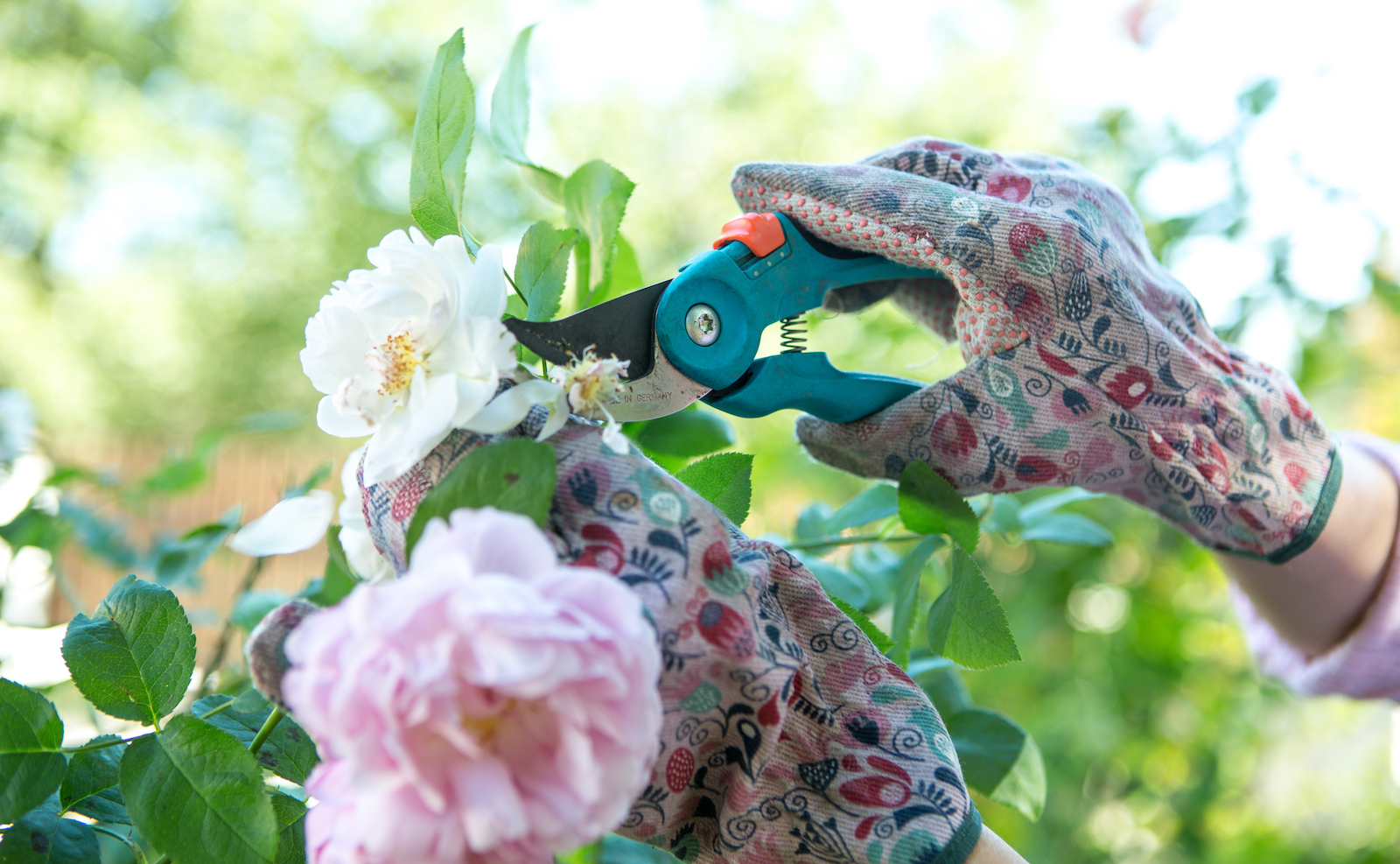 What to prune in spring — experts reveal how to get a lush, full garden
What to prune in spring — experts reveal how to get a lush, full gardenCurious what to prune in spring? We asked gardening experts for their top tips for a luscious, thriving garden
By Danielle Valente Published